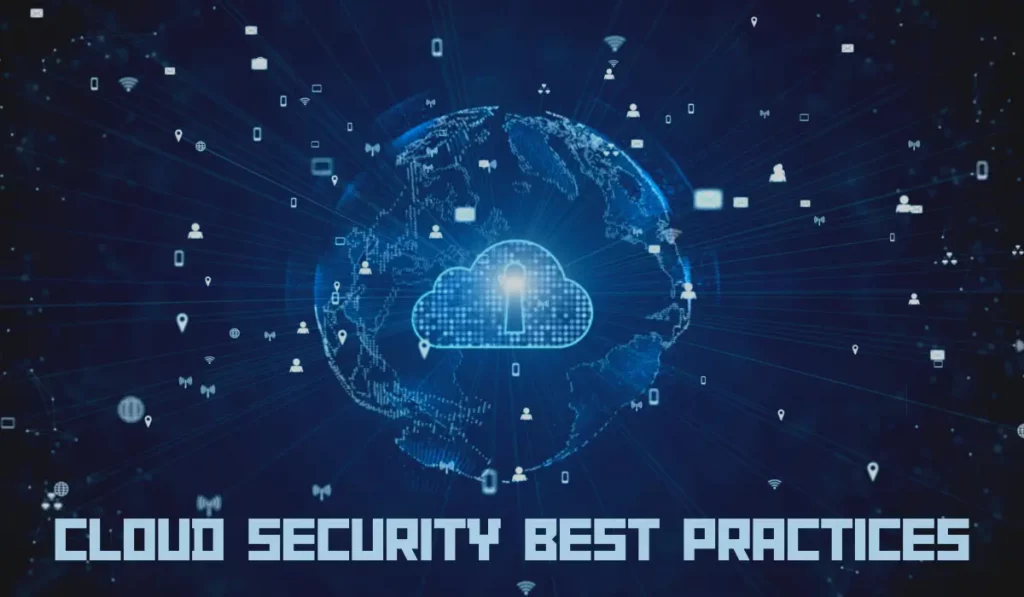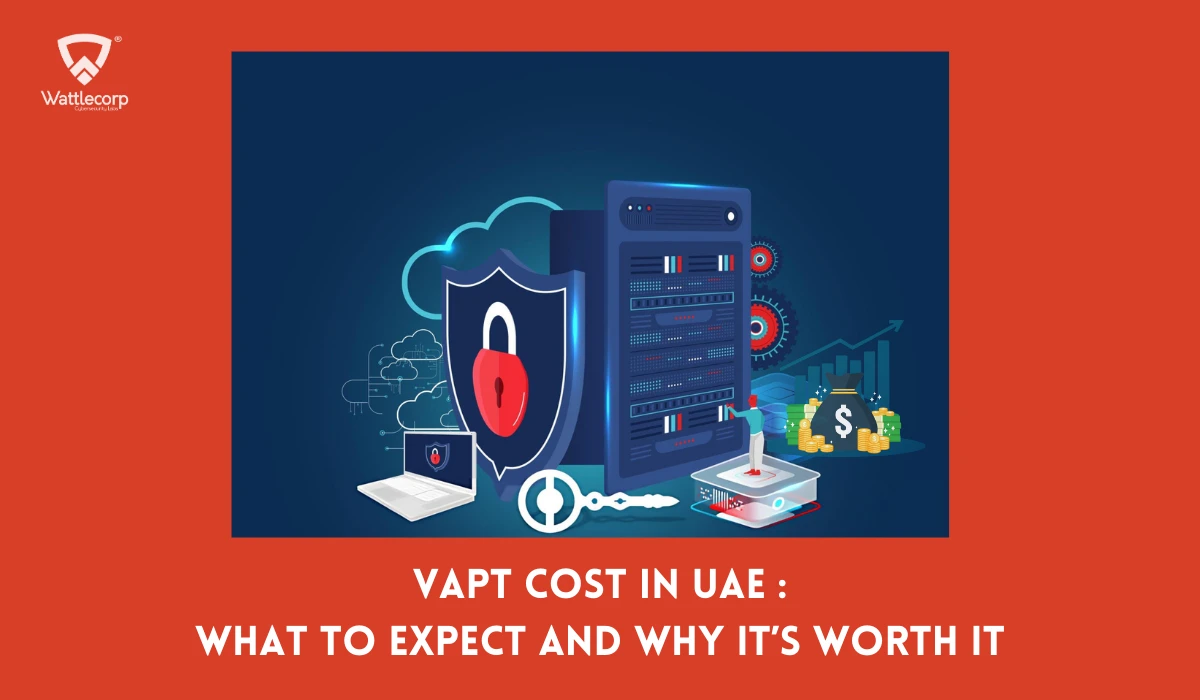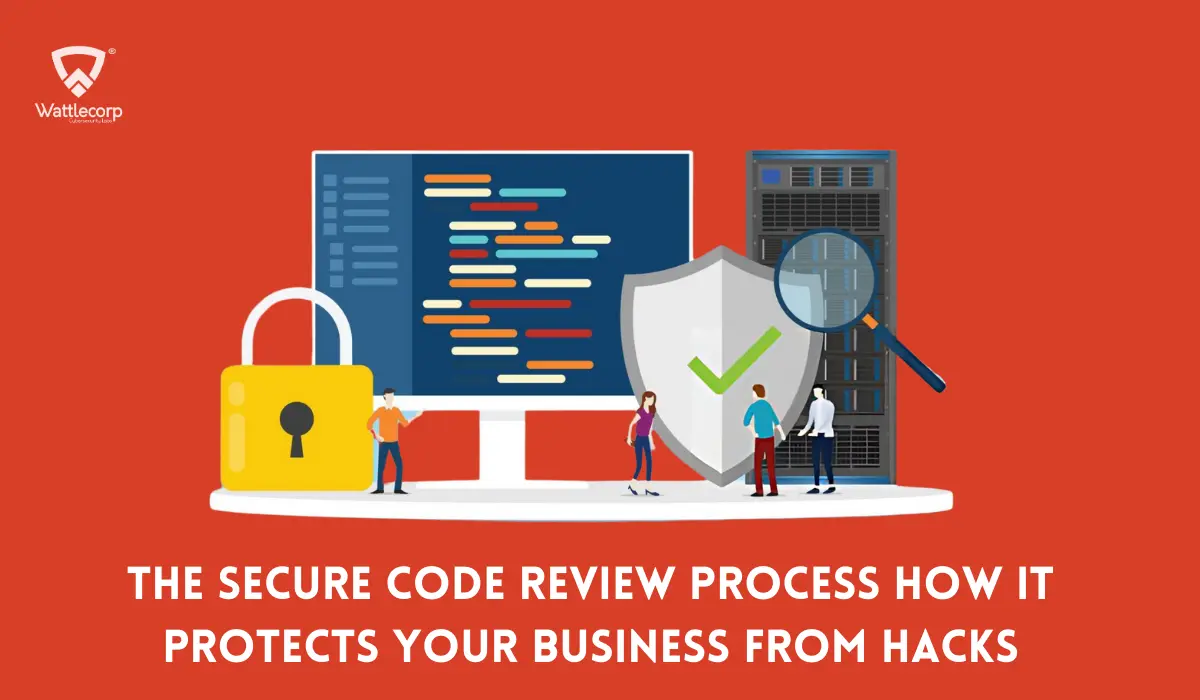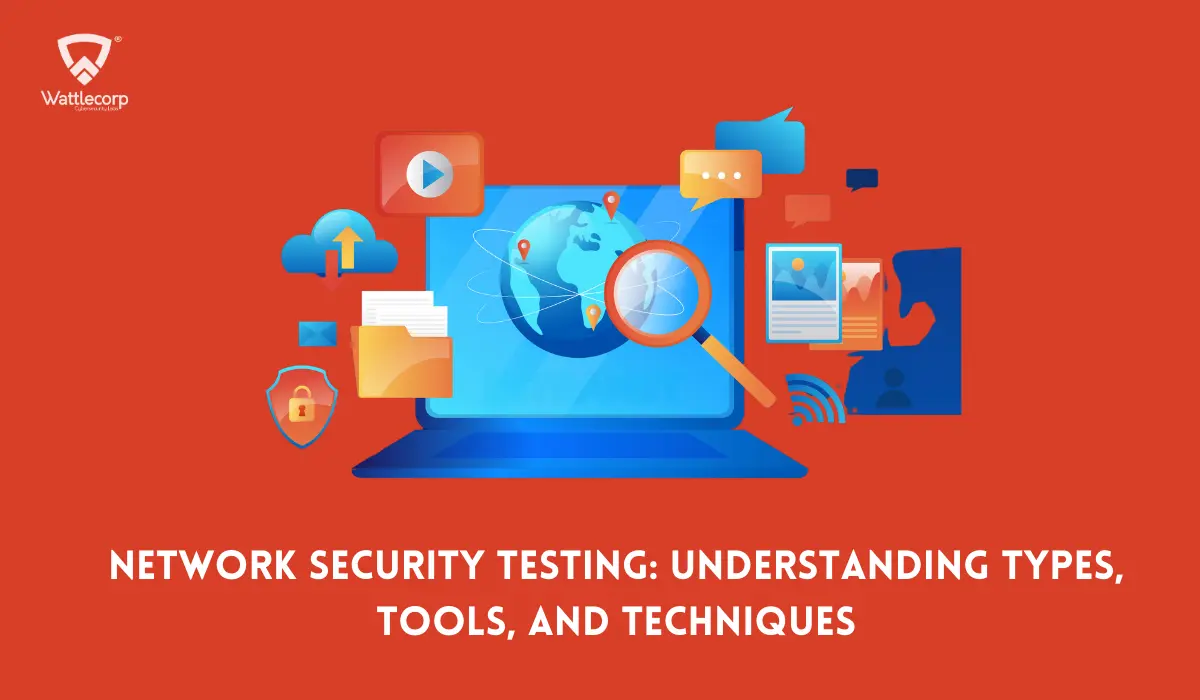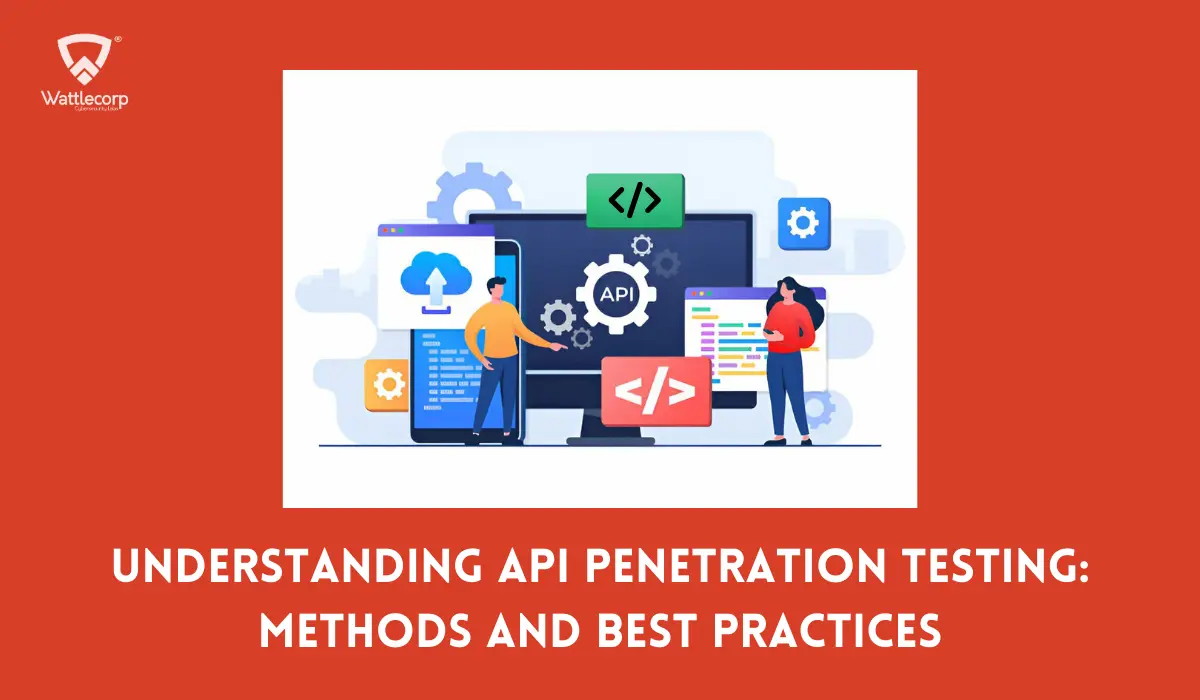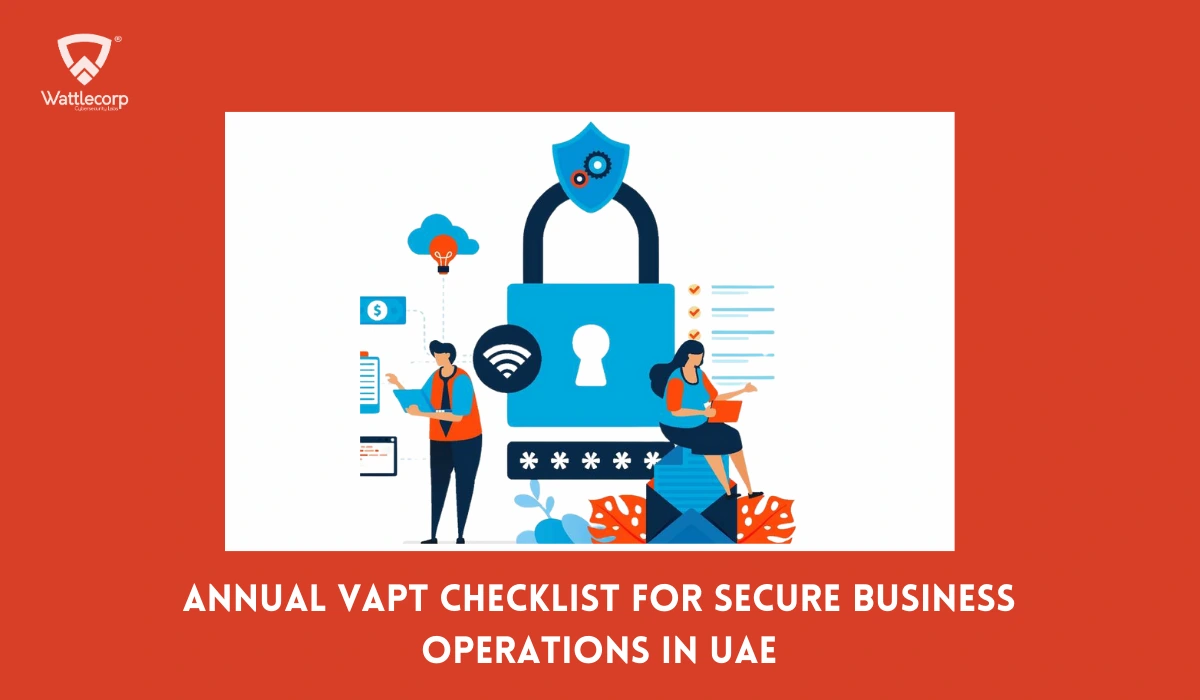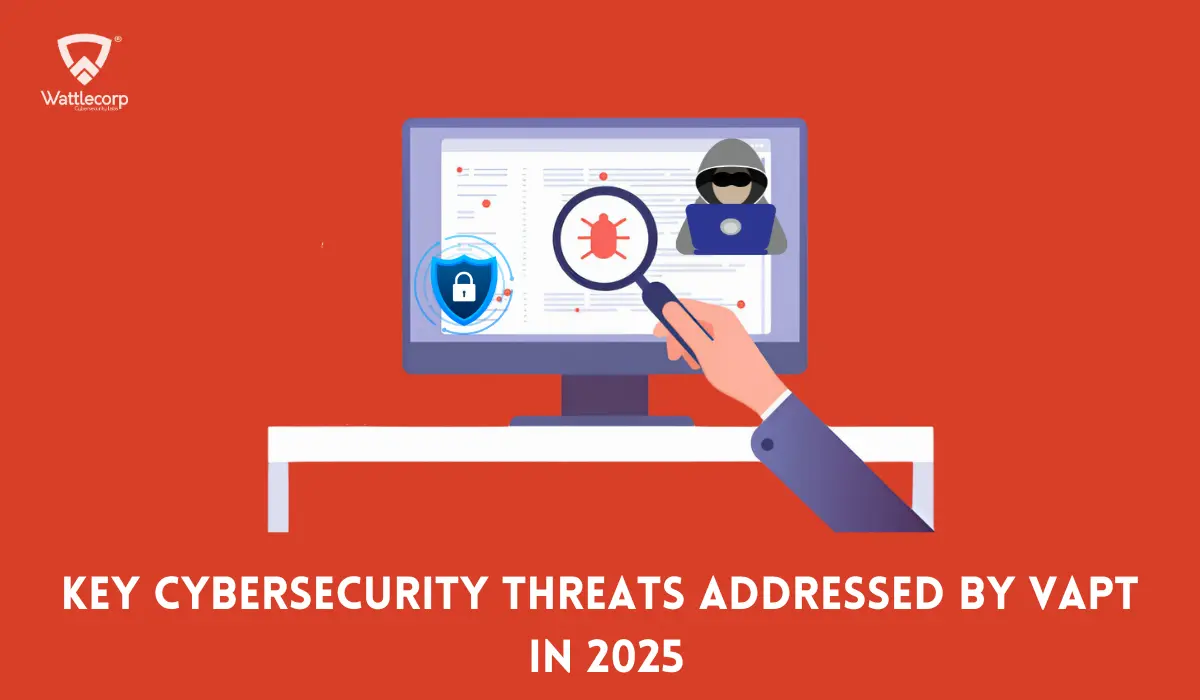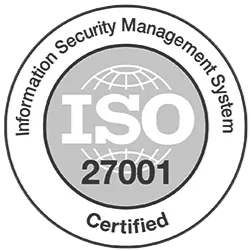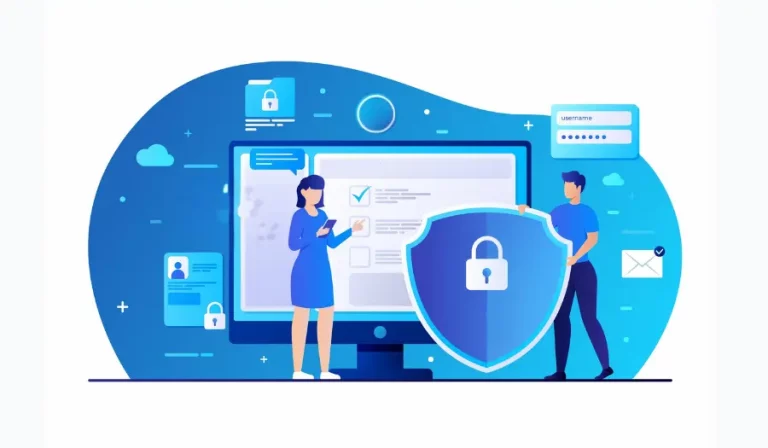As more and more organisations move their data and applications to the cloud, security remains a major concern. While cloud service providers implement robust security measures, the shared responsibility model means you still need to do your part to properly secure your cloud environments. In this blog post, we’ll explore several best practices for keeping your cloud-based data, infrastructure, and applications protected.
Table of Contents
ToggleWhat is cloud security?

Cloud security refers to the protocols, technologies, and controls deployed to protect data, applications, and associated infrastructure hosted in the cloud. Both the client and the cloud service provider share responsibility for it.
Since cloud computing involves storing data and running applications on remote servers owned and operated by cloud providers such as AWS, Microsoft Azure, or Google Cloud Platform, security risks extend beyond the customer’s immediate control. Sensitive company and customer data are transmitted, processed, and stored on systems that use virtualization and resource sharing with other customers.
To mitigate the risks, cloud providers implement various network, server, and application-level security controls to protect cloud data centers and infrastructure. However, customers are still responsible for securing operating systems, applications, and data accessed in the cloud. Robust identity and access management, data encryption, security monitoring, and compliance controls are imperative.
Key aspects of cloud security include:
- Perimeter protection of cloud data centers via firewalls, IDS/IPS, and segmentation
- Hardened hypervisors, servers, and containment systems
- Data encryption for information security
- Backup and disaster recovery systems for availability
- Identity, entitlement, and access management
- Security monitoring, logging, and analytics
- Hardening and patching operating systems and applications
- Compliance with data protection regulations
As organisations adopt cloud services like IaaS, PaaS, and SaaS for deploying infrastructure, workloads, and applications, they must evaluate associated risks and implement appropriate security controls. Ongoing assessment of vulnerabilities and threats, coupled with the adoption of best practices, ensures resilient and safe cloud usage over time.
Cloud Security Best Practices In 2024
Visibility and control are required for cloud data protection. We’ve developed a core set of cloud security recommended practices that help assist organisations towards a safe cloud and handle cloud security challenges in the steps below.

Check out our list of 11 cloud security best practices
- Secure Access and Identity Management
- Data Encryption
- Network Security Configurations Operating System and Application Security
- Vulnerability Management
- Logging and monitoring
- Incident Response
- Compliance Controls
- Security Culture
- Third-Party Risk Management
- Business Continuity and DR Plans
1. Secure Access and Identity Management
Controlling access is critical in the cloud since infrastructure and data are accessed over the internet. Identity and access management (IAM) tools provided by cloud providers allow you to manage permissions and authentication. Create individual user accounts with IAM instead of sharing credentials, which helps with auditing and access revocation. Enable multi-factor authentication (MFA) on all accounts to add an extra layer of verification. Regularly review permissions and remove unnecessary access to adhere to the principle of least privilege.
2. Data Encryption
While data stored in the cloud benefits from the security controls implemented by providers, enabling encryption provides an additional safeguard. Encrypt data at rest and in transit to prevent unauthorised access in the event of breaches. Manage your encryption keys so you maintain full control over access without relying on your provider.
3. Network Security Configurations
Cloud networks need to be properly segmented to create secure network zones for different components. Set up virtual private clouds, subnets, access control lists, and security groups to control traffic flows between resources. Limit public access and enable private connections when possible.
4. Operating System and Application Security
Just like on-premises workloads, robust patching and configuration of cloud-based operating systems and applications is important. Harden OS settings, run regular updates, enable authentication as appropriate, and test security group rules. As much as possible, automate security management via infrastructure as code and configuration management tools.
5. Vulnerability Management
While infrastructure is managed by cloud providers, you are responsible for vulnerabilities in your operating systems, applications, and code. Run frequent vulnerability scans of your cloud resources and proactively address any issues discovered. Subscribe to security bulletins for components you use to stay on top of patching.
6. Logging and monitoring
Cloud platforms provide logging and monitoring around system events, user activity, policy changes, sign-in attempts, and resource access. Centralise logs in cloud data lakes and leverage analytics tools to gain visibility across cloud estates. Set up alerts and dashboards for easy tracking of security metrics.
7. Incident Response
Have established incident response plans for security events like data breaches, DoS attacks, or account compromises. Identify critical assets beforehand and have documented procedures for analysis, containment, remediation, and recovery. Run incident response simulations to validate and refine your strategy and tools.
8. Compliance Controls
For regulated industries like healthcare and finance, compliance requirements around data security, privacy, and sovereignty remain important in the cloud. Consult compliance frameworks and identify necessary controls around storage encryption, access management, network security, logging, etc. Validate implemented controls through audits.
9. Security Culture
Educate your staff on cloud security risks and responsibilities to establish a positive security culture. Follow develops practices that embed security early in application development lifecycles. Develop playbooks that outline cloud-use organisation policies and procedures tailored to your organisation and industry. Promote security best practices around access management, remote work, end-user devices, and password policies.
10. Third-Party Risk Management
With cloud computing, you often rely on third-party providers for critical business functions. Have a process for assessing risks during vendor selection, focusing on data controls, certifications, and security practices. Define roles and responsibilities around security in provider contracts and continuously monitor their cloud environments.
11. Business Continuity and DR Plans
Cloud infrastructure provides improved redundancy and resilience for systems; however, downtimes and outages are still possible. Define recovery time and point objectives, and implement continuity and disaster recovery plans accordingly. Architect multi-region or multi-cloud solutions, provision spare capacity, and implement data backups to aid availability.
Does Your Cloud Service Lack Essential Security Measures?
Adopting cloud services brings tremendous advantages, however, it also creates a shared security responsibility model between the customer and cloud provider. While reputed providers offer robust physical and infrastructure security controls, gaps may still exist that could compromise confidential data or the availability of applications. If deficiencies are detected, customers can implement compensating controls and risk mitigation strategies to ensure security objectives are still adequately met.
Conduct In-Depth Provider Assessment
The first step is thoroughly evaluating the cloud provider’s security posture across various aspects like identity management, network security, vulnerability management, and compliance. Review available audit certifications, architecture documents, and security white papers. Take site tours of data center facilities when possible to inspect physical access protections. Also, research the provider’s public incident reporting history for outages or breaches. If internal expertise is lacking, engage third-party cloud security consultants to help uncover control gaps based on best practices.
Apply Extra Safeguards to Address Gaps
If assessments reveal shortfalls in security controls with the cloud provider, augment their safeguards by implementing additional customer-managed controls. For example, enable encryption before uploading sensitive data into cloud storage instead of relying solely on provider-managed encryption schemes.
Run independent vulnerability assessments using your own tools or managed services beyond what the provider scans offers. Restrict inbound and outbound network connectivity to resources in virtual private clouds that don’t require internet exposure. The goal is to reduce impact if the shared responsibility model breaks down due to an operational lapse or breach on the provider side.
Contractually Bind Provider to Security Terms
Another option is inserting protective contractual clauses within Service Level Agreements (SLAs) signed with the cloud provider. This makes certain security capabilities and incident response expectations a legal obligation. For example, mandate data encryption requirements, inclusion in vulnerability scanning programs, advanced breach notification commitments, stricter discovery and auditing rights, minimum security staffing guarantees etc.
Spell out detailed compliance requirements if dealing with regulated data. Enable authorization to conduct for-cause cloud infrastructure audits. Detail consequences like fee clawbacks if contractual security terms are not met. This approach contractually fills gaps rather than applying technical mitigations
As cloud adoption accelerates across industries, security considerations remain paramount to realize the full benefits while minimizing risk. No matter how reliable a cloud provider’s security posture seems today, threats and vulnerabilities constantly evolve. Even robust defenses can falter against sophisticated attacks or insider threats. By implementing a layered security approach across identity, data, networks, applications, and infrastructure, organizations can mitigate impact in the event of a compromise. The journey to cloud transformation requires proactive planning and continuous improvement of security capabilities. Implementing Cloud Security Best Practices for Small Businesses in India can help mitigate risks by ensuring a proactive security approach tailored to emerging threats.
By establishing core cloud security best practices, retaining control over critical safeguards, expanding visibility into cloud operations, and maintaining usable alternatives, companies can confidently innovate with cloud platforms.
Working hand-in-hand with trusted and capable providers while comprehending shared responsibilities, customers have an opportunity to simultaneously raise their security standards while harnessing the cloud’s economies of scale and scope. As risks emerge and capabilities grow across this pivotal technology, maintaining pragmatic and adaptable security in the cloud is key to fully exploiting its potential safely. For businesses seeking expert guidance, implementing Comprehensive Cybersecurity Services in India can ensure a proactive approach to cloud security and risk management.
